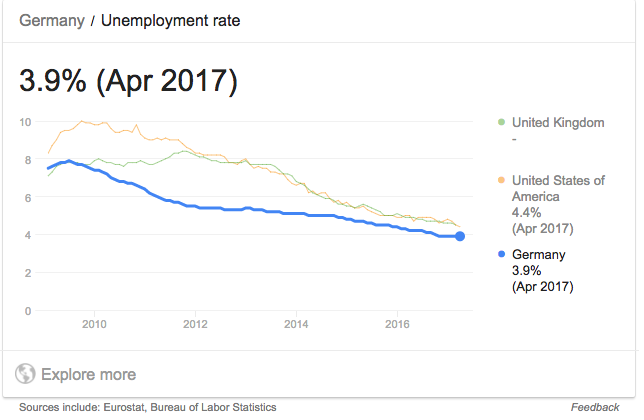|
VID 6: Happy Planet Index
VID 16: World Inequality Index
|
VID 3: OECD Better Life Index
VID 4: CPI - Consumer Price Index
VID 5: Happiness Index
|
VID 7: HDI (Human Development Index)
VID 11: Business Confidence Index
VID 14: Producer Price Index
|
VID 13: Big Mac Index
VID 9: Gini Coefficient (Index)
VID 10: Consumer Confidence Index
VID 15: Gender Equality Index
|


